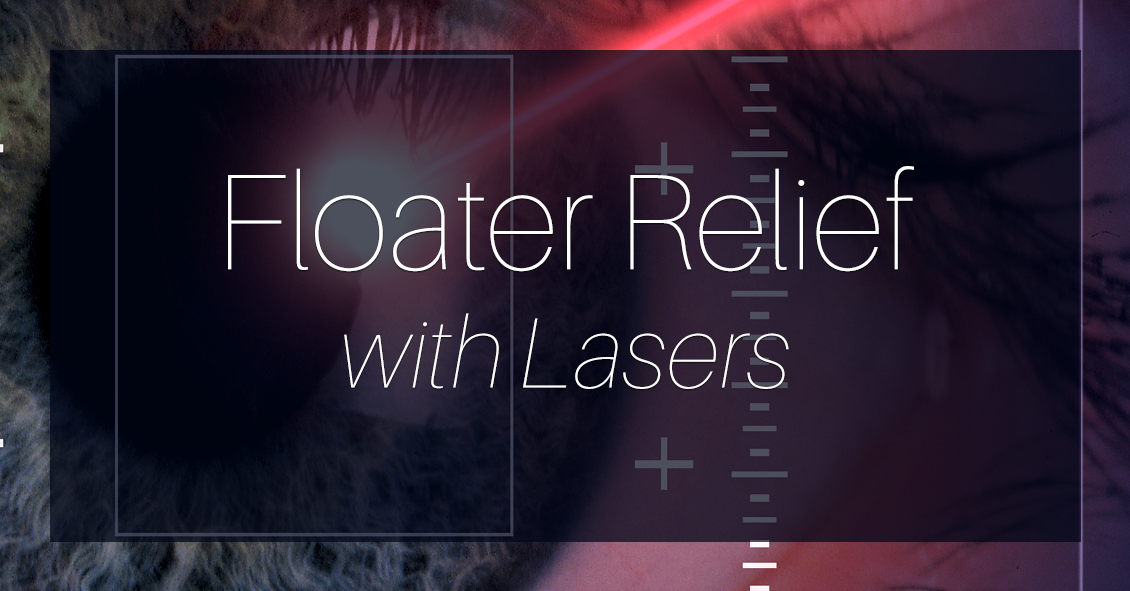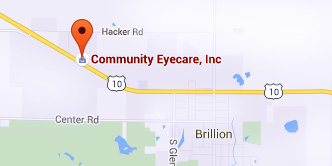Latest News & Promos
- Details
- Written by The Community Eyecare Team

Do you have floaters in your vision?
Floaters are caused by thick areas in the gel-like fluid that fills the back cavity of your eye, called the vitreous.
Many people, especially highly near-sighted people, often see some degree of floaters for a good portion of their lives. Often, these floaters are in the periphery of your vision and may only be visible in certain lighting conditions. The most frequent conditions are when you are in bright sunlight and are looking toward the clear...
- Details
- Written by The Community Eyecare Team

The Centers for Disease Control estimates that more than 1.6 million people in the United States suffer a concussion - or traumatic brain injury - every year, and vision can be affected.
The rate of childhood TBI visits to the emergency department more than doubled between 2001 and 2009, making children more likely than any other group to go to the ER with concussion symptoms.
It was once assumed that the hallmark of a concussion was a loss of consciousness. More recent evidence,...
Patient Resources
Please Leave a Google Review
We sincerely appreciate our patients and welcome your feedback. Please take a moment to let us know how your experience has been.
Our Dry Eye Center
Northeast Wisconsin's Optometrists of Choice
Menasha Office
1255 Appleton Road
Menasha, WI 54952-1501
Phone: (920) 722-6872
CALL 1ST - NO WALK-INS
Brillion Office
950 West Ryan Street
Brillion, WI 54110-1042
Phone: (920) 756-2020
CALL 1ST - NO WALK-INS
Black Creek Office
413 South Main Street
Black Creek, WI 54106-9501
Phone: (920) 984-3937
CALL 1ST - NO WALK-INS
© Community Eyecare, Inc.: 3 Convenient Northeast Wisconsin Locations | Menasha, WI | Brillion, WI | Black Creek, WI | Site Map
Text and photos provided are the property of EyeMotion and cannot be duplicated or moved.




